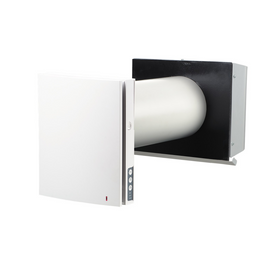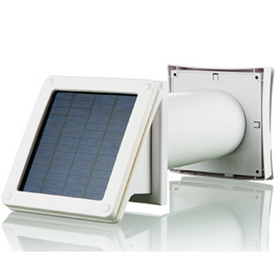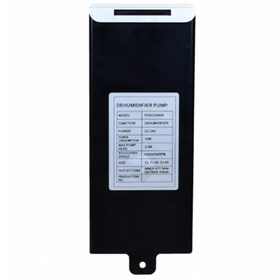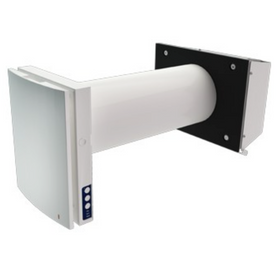
Living Walls at Home: The Complete Guide
Last Updated: Apr 7, 2025Most of us live in homes and work in buildings where the walls are uninviting, uninspiring, and pretty drab. What if you could transform that simple wall into a wall that comes alive with plants and flowers that help purify the air, liven the space, and bring you closer to the natural world.
Living walls are quickly gaining acceptance everywhere, from restaurants to office buildings to apartments and homes. These walls are a significant element of biophilic design, helping you bring parts of the natural world into the interior spaces we spend most of our day. While biophilic design is focused on opening up a home to allow for more visibility of the natural world, living walls bring the natural world directly into your home.
As with any innovative interior design component, however, both benefits and challenges need to be considered. In this article, we break down the upside and downside of incorporating a living wall into your home or office while also offering a list of the top three manufacturers on the market today.
Table of Contents
- How Much Do Living Walls Cost?
- Is a Living Walls Easy to Maintain?
- Do Living Walls Increase Indoor Air Quality?
- Do Living Walls Act As a Sound Barrier
- Do Living Walls Increase Home Energy Efficiency?
- Architek
- Ambius
- Biotecture
How Much Do Living Walls Cost?
The benefits of installing a living wall and incorporating smart technology to eliminate most maintenance make living walls an attractive option for homes and offices. The price, however, can be prohibitive. Depending on the type and complexity of the living wall system you install, you can expect to pay between $95 and $165 per square foot for a living wall complete with plants and an irrigation system.
While you can cut costs by building your living wall from recycled plastic bottles, several reasonably price companies offer professional, attractive, and durable options.
Is a Living Walls Easy to Maintain?
It is essential to differentiate living walls from facades. The ivy planted on south-facing exterior walls climbing beautifully over the brick siding of your home is considered a façade, not a living wall because the plants are rooted in the ground. Living walls incorporate a growing medium directly onto the wall and most often have automatic irrigation systems connected to the growing medium. The most common growing mediums include bags, small pots, or boxes, which eventually are covered up by the plant's growth. The bags, pots, or bags don’t need soil (which could cause a cleaning nightmare) because they often are made from a type of fiber, which allows the plants to root into the pot or bag itself directly. The plants then receive their nutrients from liquid fertilizers, which are included in the automated irrigation system.
While you could install a living wall on your own, which you manually water daily, this usually amounts to more maintenance work than people want to take on. “Smart” green walls incorporate automated irrigation and fertilization schedules. But, of course, these systems consume energy since they are plugged in and pulling power throughout the day.
Do Living Walls Increase Indoor Air Quality?
Plants breathe in carbon dioxide and exhale oxygen. Incorporating a living wall into an indoor space, then, will increase the oxygen levels. Today, most homes contain a handful of harmful chemical products that release VOCs and even cancer-causing chemicals such as formaldehyde. Many living wall plants metabolize some harmful chemicals that affect the indoor air quality, making the air we breathe inside safer and less toxic.
Do Living Walls Act As a Sound Barrier
Living walls can act as an acoustic buffer inside homes. Highways and interstates usually have trees planted on either side of the road because these plants help reduce noise from continual traffic. Living walls build off the same concept, as they can block high-frequency sounds while also offering improved acoustics in homes.
Do Living Walls Increase Home Energy Efficiency?
Some studies suggest that a functioning living wall will also reduce the amount of energy a building uses through the natural process of evapotranspiration. Plant respiration help to cool warm summer air limiting the intensive use of energy-inefficient air conditioners. During the winter, living walls add an extra layer of natural insulation, increasing home heating's energy efficiency.

Architek
Architek specializes in living building solutions, including living roofs, walls, and facades. They offer a complete package from personal designs to installation and maintenance.

Ambius
Ambius specializes in interior landscapes offering living walls and other plant-inspired interiors for offices and home residences. You can contact them for a free quote.

Biotecture
Biotecture is a leading UK based company offering living walls watered by a unique hydroponic system.
Tobias Roberts
Tobias runs an agroecology farm and a natural building collective in the mountains of El Salvador. He specializes in earthen construction methods and uses permaculture design methods to integrate structures into the sustainability of the landscape.










